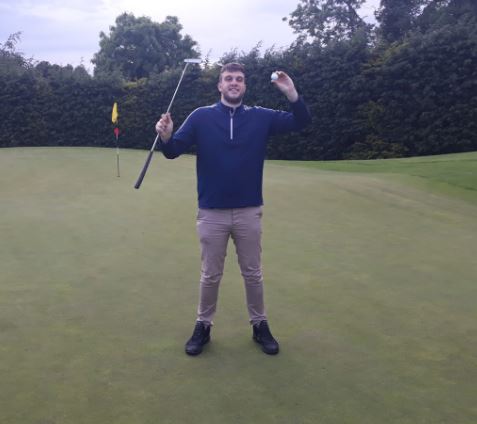Why Do I Slice My Driver But Not My Irons?
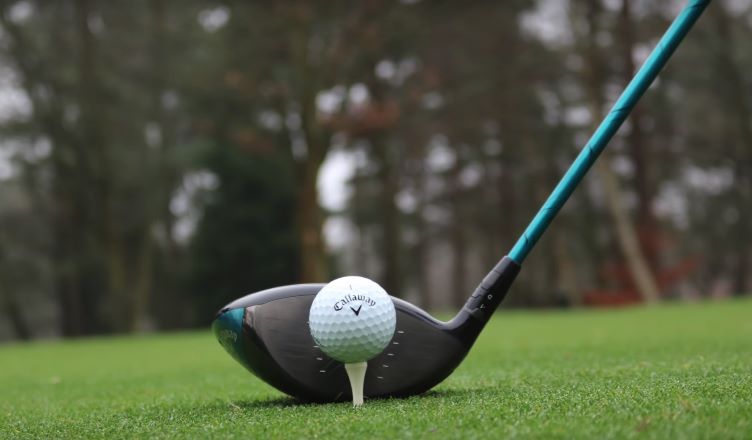
Driving a high and long ball down the fairway is satisfying to any golfer whether amateur or professional. But that awful turn to your stronger side, right-hand curve for right-handers, can be so frustrating and at times even embarrassing.
When we get on the fairway, we are good but off the tee the problem persists making many golfers wonder – why do I slice my driver but not my irons?
Hitting your irons straight and still slicing your driver is something that most golfers have experienced at some time during their golfing careers, so you are certainly not alone in this regard.
There can be many root causes of a slice, so, to analyze this further, you have to understand the golf swing sequence, club composition and what you then have to address to resolve the dreaded slice and eliminate it from your game.
Let’s take a look at the potential reasons.
The Driver And Irons In Relation To Slicing
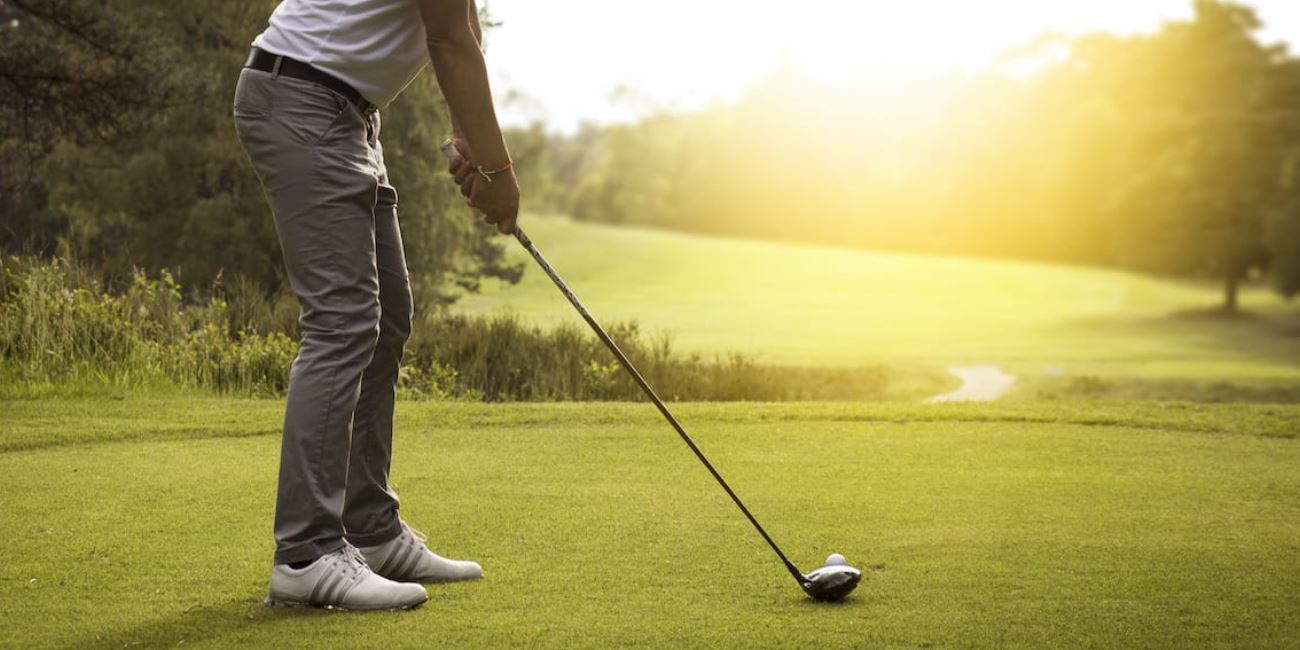
Irons are aimed at controlling distance and accuracy whereas drivers are aimed at getting the maximum distance possible.
You are more likely to slice a driver than an iron due to the difference in length, loft, and impact trajectory between these clubs
The larger clubface on the driver allows for more forgiveness but also provides a bigger surface to get impact off-center.
Understanding the difference in where the impact area is on the swing trajectory will clarify the difference and why there are different swings required for drivers and irons.
The longer shaft and low loft of the driver creates a larger arc and requires you to sweep the golf ball off the tee on the upward trajectory while irons have shorter shafts and require you to hit the ball first then the turf on the downswing.
Why Do I Slice My Driver But Not My Irons
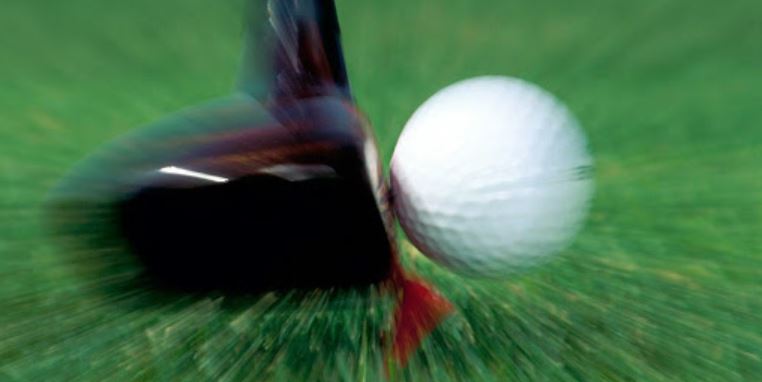
Drivers are designed to provide maximum distance off the tee and the higher your swing speed, the farther the golf ball will travel through the air and roll out after contact with the turf.
Swinging Too Hard
This encourages golfers to swing harder and faster to get extra distance and bragging rights within their circles.
The Length Of The Driver
Drivers have the longest shafts of all the clubs in your bag. Most manufacturers provide 45 ½ inch shafts as standard and the maximum length of 48 inches with governing bodies considering shortening it to a maximum of 46 inches.
The length of the shaft makes it the most difficult club in your bag to control. Any deviation from the proper swing plane is likely to produce a result that is off-line. It is also important to get fitted to ensure you have the length of driver.
A clubface that is open at impact with an out-to-in trajectory is likely to create the dreaded slice.
Why Do People Slice Their Driver?
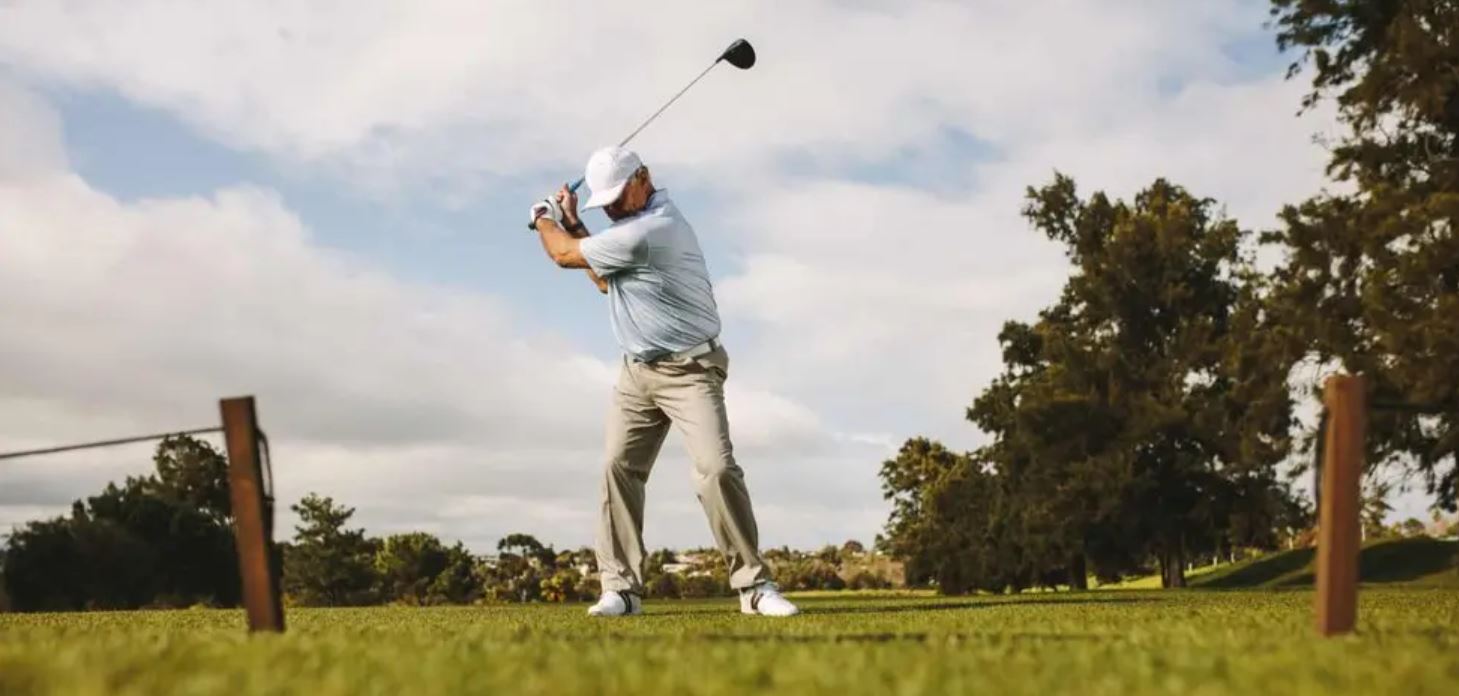
There could be a number of factors at play:
Club Length
The current maximum length of a driver shaft is 48 inches and governing bodies are considering lowering it to 46 inches to combat the excessive distances that some golfer can hit the golf ball.
Most golfers tend to play with shafts between 44 and 46 inches. This means that a driver shaft is between 6- and 8-inches longer than the shafts on irons thus increasing the difficulty factor.
Make sure you club length is correct or you will be compensating your swing to make the club work for you if not.
Incorrect Stance
The general problem with a slice is that your stance is too open. This means that your leading foot is behind the trailing foot when facing the target.
To exacerbate this, golfers tend to open their stance aiming further left and increasing the angle of the out-to-in swing path.
Incorrect Grip
Having a weak grip makes it more difficult to close the clubface during the downswing adding side spin to the ball creating the dreaded slice.
A neutral grip or strong grip will make it more difficult to leave the clubface open thus resulting in a pull or a hook.
Incorrect Driver Loft
Loft helps you to get the ball into the air when you strike the ball on an upward trajectory.
The lower the loft is on your driver, the more difficult it becomes to strike the ball accurately.
The higher loft is more likely to generate straighter drives or even enable you to hit a draw.
Incorrect Shaft – Too Stiff Or Too Flexible
Shaft flex is dependent on your swing speed and tempo. The faster your swing speed and tempo, the stiffer your shaft must be.
A shaft that is too flexible will tend to bend too much and face closing too early resulting in a hook while a shaft that is too stiff will not flex sufficiently leading to you pushing the ball to the right-hand side, for right-hand golfers.
Furthermore, when a shaft is too stiff it can leave the clubface in an open position leading to a slice.
Incorrect Swing
An in-to-out swing is more likely to lead to a straight trajectory or even a draw.
However, when you come over the top with an out-to-in swing your path will lead to a hook with a straight club through the impact area or more likely a slice when your clubface is open.
What Causes The Iron Shots To Go Straight When Driver Is Slicing
Shorter shafts on irons shorten the swing arc and thus allows you to exercise more control over the movement of the club throughout the swing.
The smaller contact area of an iron combined with the lower swing speed offers more control over the shot.
How To Correct A Driver Slice
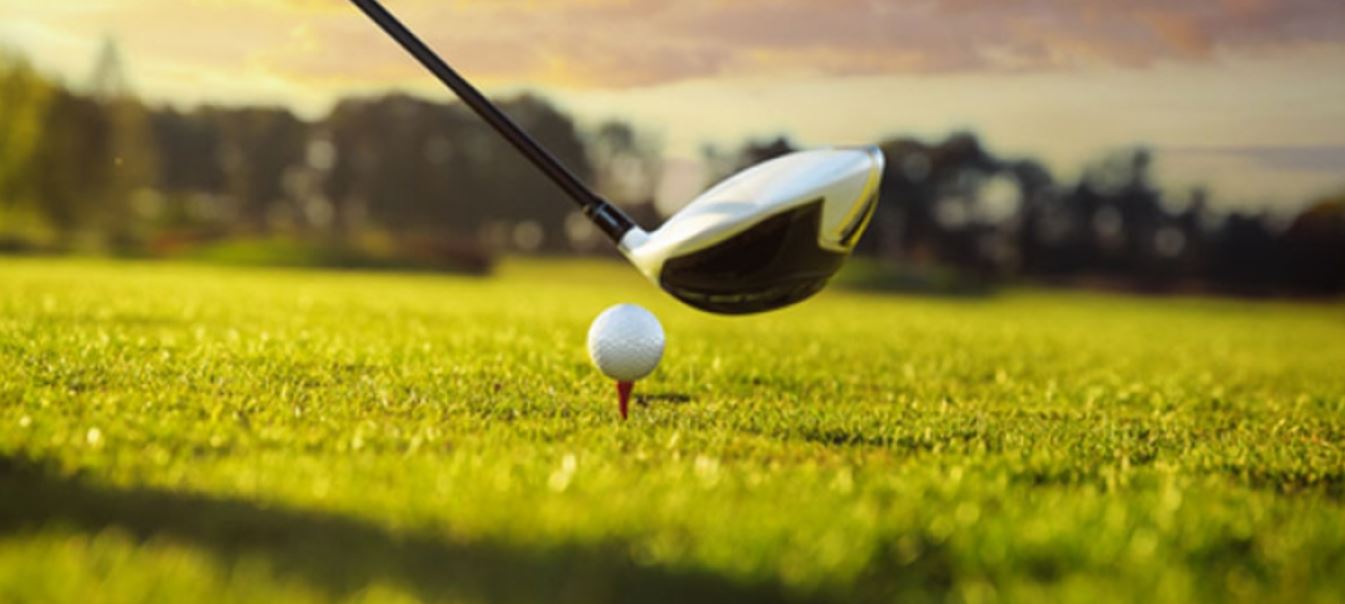
Fixing a slice requires some investigation into your swing faults but there are some basic checkpoints that you can use as a guideline to reduce or eradicate the slice from your drive. In the case that there is no magic bullet to fix your slice, you could also consider getting a lesson or two.
Tips To Eliminate Your Slice
- Check your alignment and ensure that your shoulder, hips, and feet are pointing at the target.
- Place the golf ball in line with the heel of your leading foot
- Square your clubface at address.
- Work on creating an inside-out swing path.
- Generate a full release with your arms straight through the impact area and up to 45 degrees after impact. The release requires you to stay on the inside-out swing path even after impact.
- A much-underestimated reason for hitting a slice is weight transfer. Incorrect or a lack of weight transfer will rotate your body and cause the clubface to an open position at impact.
Get The Correct Club And Loft
The loft of the driver is what creates the ball trajectory when sweeping the ball on the up and reduces spin. That is dependent on your swing speed and at what angle your club is at impact.
Fast swingers such as Bryson DeChambeau use a low lofted driver with as little as five degrees of loft. The speed and angle of attack generate a high launch. Slower swing speed requires more loft to get maximum distance and trajectory.
Fix Your Stance
If you tend to have an open stance you should take a more closed stance. Your leading foot must be in line with your trailing foot forming a line straight to the target.
Moving your trailing foot slightly behind the leading foot will assist you in your body rotation and generating an inside-out swing path.
Fix Your Grip
Your grip is an essential part of getting rid of the dreaded slice. A weak grip with your hands too far over to the leading side reduces the opportunity to close the clubface thus creating a slice.
A neutral grip with the V formed between your thumb and forefinger, both hands should point towards your trailing shoulder. This is the best grip for straighter shots as it reduces the hand action during the swing.
Strong grips with your hands too far to the right will help to prevent the slice but is likely to lead to a pull or hook.
Fix Your Swing
The most important area to banish the slice forever is to fix your swing. Culture the feeling of swinging the club on an inside-out swing path squaring your clubface at impact.
Combine this with a proper weight shift towards the target at the start of your downswing and you will be pleasantly surprised by the results you will see.
Get A Couple Of Lessons From The Local Pro
Getting a few lessons from a seasoned golf coach is always a good idea. Even professional golfers turn to their coaches when they feel something is not right in their swing.
A few lessons will assist you in identifying problem areas that will help you eliminate the slice, even when you are out on the course and it rears its ugly head.
Use a 3 Wood Off The Tee
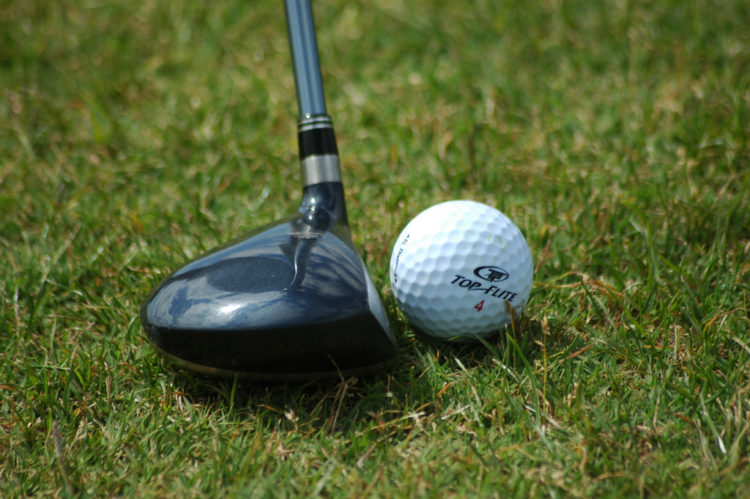
A 3-wood tends to go straighter than a driver due to the shorter shaft allowing for more control.
If you continue to struggle with hitting your driver off the tee, replacing it with a 3-wood may cost you a little distance but result in more fairways hit.
In fact, you may even gain distance hitting a straight 3-wood since a slice is one of the biggest factors in the loss of distance off the tee.
Use A Driving Iron Off The Tee
The use of a driving iron has become extremely popular in recent times and manufacturers have spent immense amounts of money and time in developing driving irons for the average golfer.
Driving irons offer you the accuracy of an iron combined with sufficient distance off the tee.
Get A Draw Bias Driver
Draw biased drivers are aimed at helping you to fight the dreaded slice.
However, it can only aid you to a degree and you have to produce a constant inside-out swing to optimize the assistance it offers.
3 Favorite Draw Biased Drivers
If you suffer from the occasional slice with your driver, here are a few leading options that might to help correct that problem:
Callaway Big Bertha B21 Driver
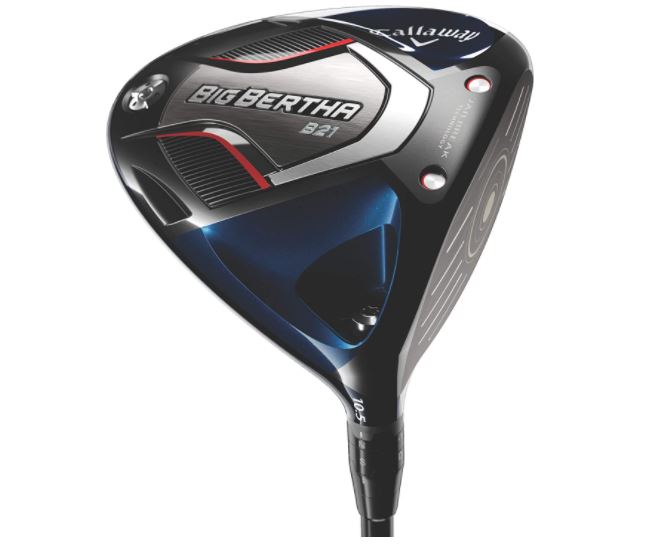
Callaway opted to perfect balance spin and speed, create a low CG forward in the driver to reduce the amount of spin generate.
Low spin is not only good for increased distance, but it promotes straighter ball flight since the sidespin has been reduced as well.
The Callaway Big Bertha B21 is ideal for golfers that are fighting the dreaded slice.
Pros
- Low spin reduces sidespin
- Excellent distance
Cons
- Lower ball trajectory due to low spin
Overall Score: 95/100
Check Out More Reviews Here:
Cleveland HB Launcher Turbo Draw
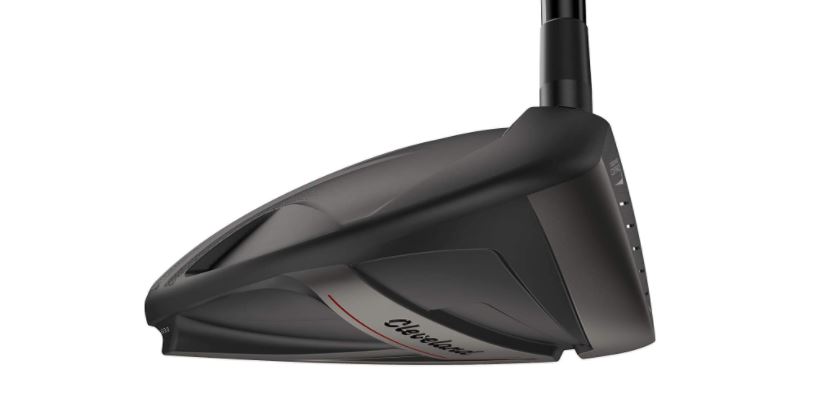
Cleveland has produced an unusual cup-face that extends beyond the front in a cup-like shape.
This strengthens the face and produces a higher ball speed at any impact position across the face.
A higher launch angle and greater forgiveness are provided by the redesigned crown through a lower CG while the deep-weight scheme increases MOI for less twist in the face.
Furthermore, the face is closed by 2-degree adding to the resistance to slicing the ball.
Pros
- 2-degree closed clubface
- High launching
Cons
- Unusual clubface may take some getting used to
Overall Score: 93/100
Check Out More Reviews Here:
Cobra Radspeed XD
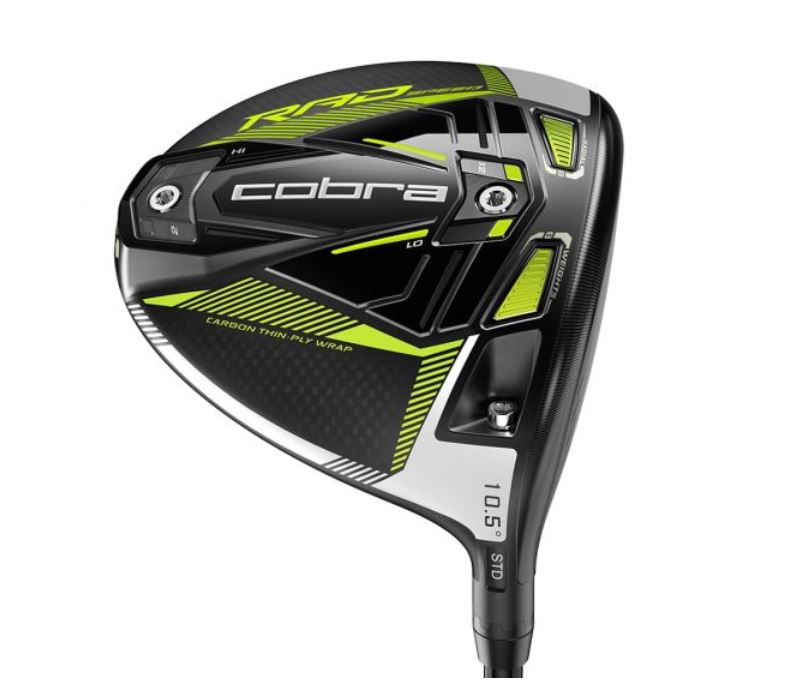
Cobra RADspeed XD (Xtreme Draw) has a new age CNC infinity milled face and carbon-fiber crown and changed sole weighting system.
Cobra used the popular engineering formula called the Radius of Gyration (“Rad” stands for “radius”) to move the weights in the sole of the drivers farther to the front and the back of the head.
The prominent weighty feel in the heel of the RADspeed XD encourages a draw shape thus fighting the dreaded slice.
Pros
- Redesigned crown, face, and sole
- Good weight distribution in the sole
Cons
- Lower ball trajectory
Overall Score: 94/100
Check Out More Reviews Here:
FAQ
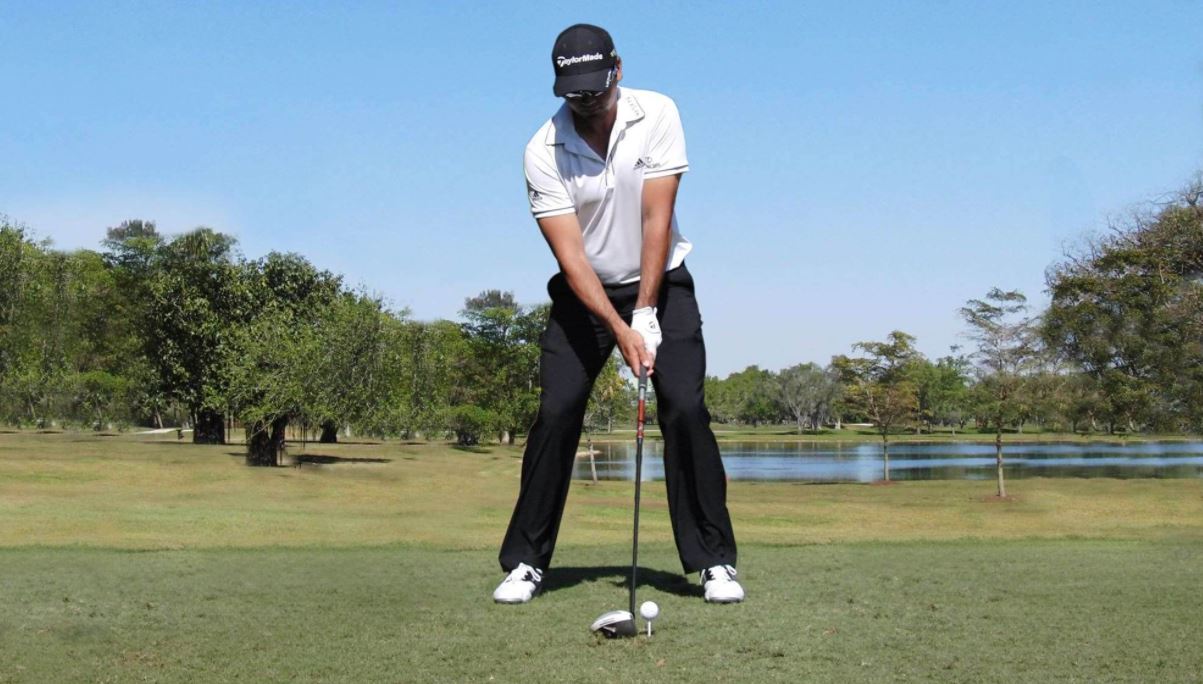
Why do I slice my driver but not my 3 wood?
The shorter shaft and the lower swing speed generated with a 3-wood enables you to exercise more control over the swing reducing the amount of sidespin.
Why do I hit my hybrid further than my driver?
You will likely get more distance from a straight shot with your hybrid than a slice off the driver since the slice is a major distance killer.
Does a higher loft reduce slice?
A higher loft is likely to reduce the amount of slice generated off the clubhead
Does tee height affect slice?
A higher tee will allow a few sub-second extra to close the clubface which is more likely to result in straighter drives.
Should I get a 9.5 or 10.5 driver?
A higher lofted drive is likely to be more forgiving and reduce the amount of slice generated off the swing. Average golfers with average swing speed are advised to use a 10.5-degree driver.
How Much Will a draw driver help my slice?
A draw-biased driver is not a silver bullet to push your slice into oblivion. You need an inside-out or straight swing to obtain the maximum benefit from a draw-biased driver. It will, however, help.
Final thoughts
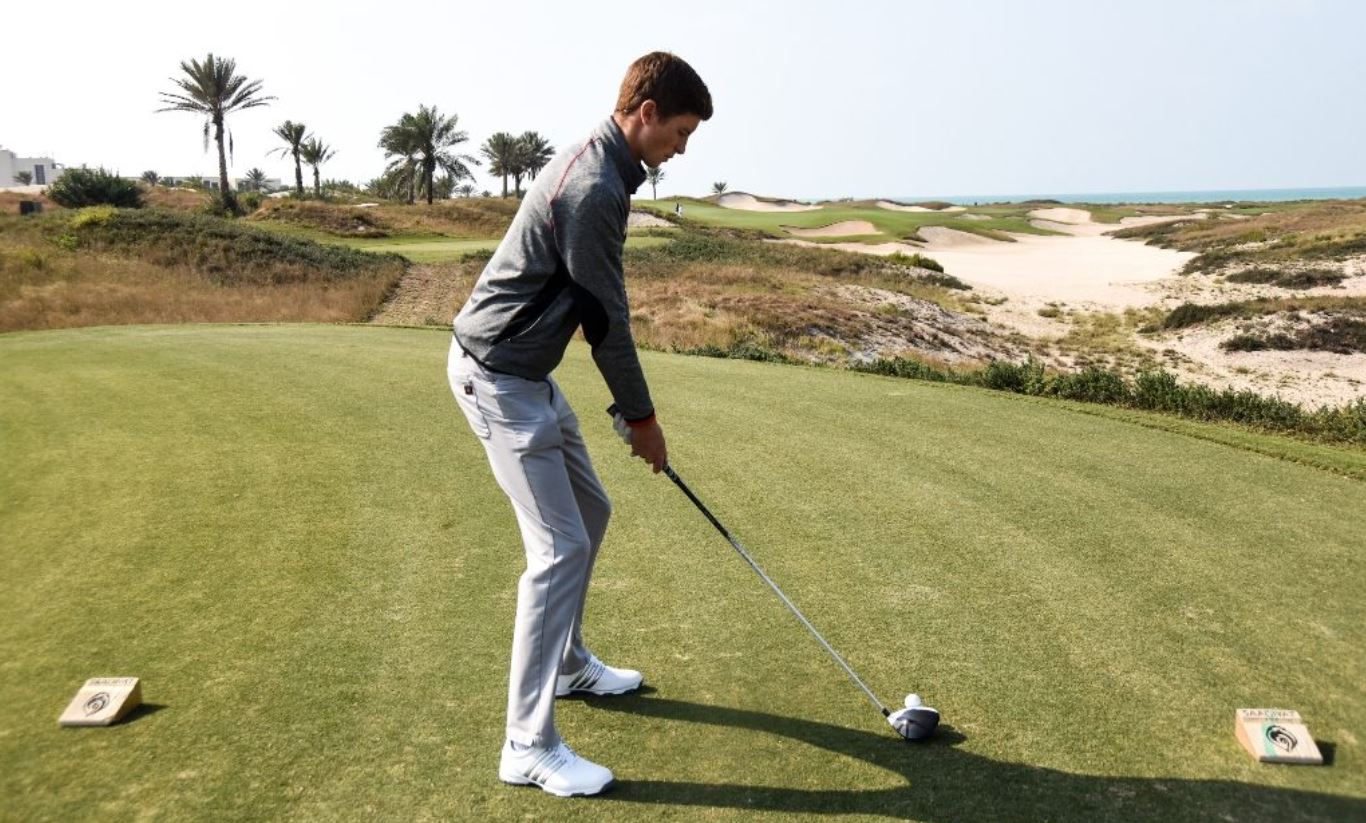
The dreaded slice is one of the most hated shots in golf together with the other s-word (shank for those who do not know).
There are many factors from the equipment that you are using to the alignment to the target and your swing mechanics.
The best fix is to resolve issues with your swing mechanics and using the correct equipment. A softer flexed shaft can go a long way to producing better results.

